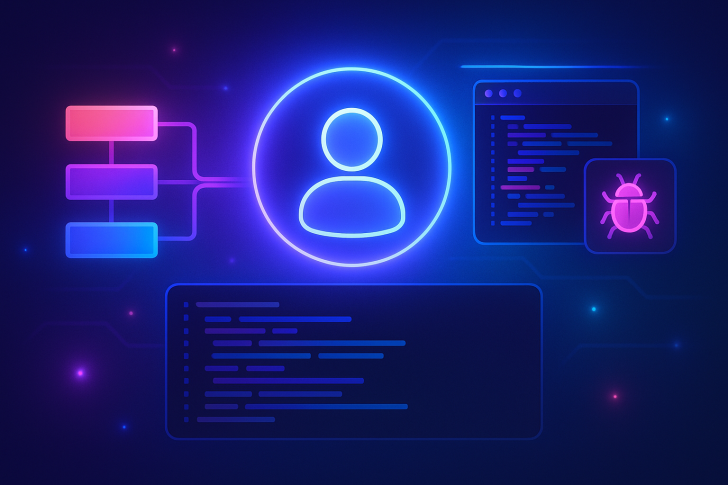⬤ Cursor just rolled out its new Agent Review feature, giving developers an integrated code-assessment tool that works directly inside the Cursor environment. The system acts like a "second set of eyes" on your codebase, needing just one click to start a review after you make changes. On its first test run, the tool caught an important edge case, which got people curious about how it actually works and what went into building it.
⬤ From what the Cursor team shared, Agent Review uses an optimized pipeline built to deliver high-quality insights without too much noise. While Cursor didn't specify which model powers the process, they stressed that the pipeline is designed to maximize clarity and precision. Each Agent Review runs as a usage-based request, typically costing between 40 and 50 cents per review. That price can go up or down based on how big and complex your codebase is, and Cursor is throwing in the first week free.
⬤ Comparing it to Bugbot—a cloud-based debugging tool that costs $40 per month—gives some helpful context. Cursor says users should expect "very similar results" between the two, though they work pretty differently. Agent Review runs locally on your machine, making it great for quick iteration cycles, while Bugbot does its analysis in the cloud and lets you fix issues either in a web interface or by importing changes back into Cursor. So Agent Review seems better for fast local development, while Bugbot might suit longer or more complex cloud-based review sessions.
⬤ This matters because integrated code-analysis automation keeps reshaping how developers expect their tools to work. Cost, speed, and output quality are becoming key factors when choosing tools. As Cursor builds out its features, how Agent Review performs and what it costs could influence how dev teams balance local review pipelines with external debugging solutions across the AI-assisted coding space.
 Peter Smith
Peter Smith

 Peter Smith
Peter Smith


